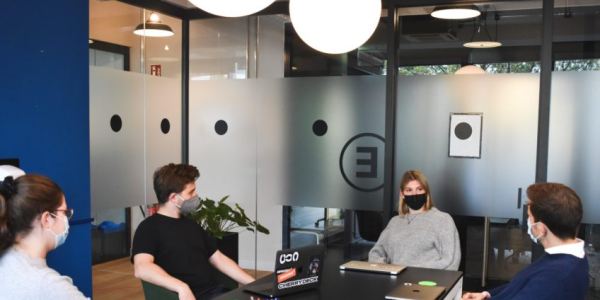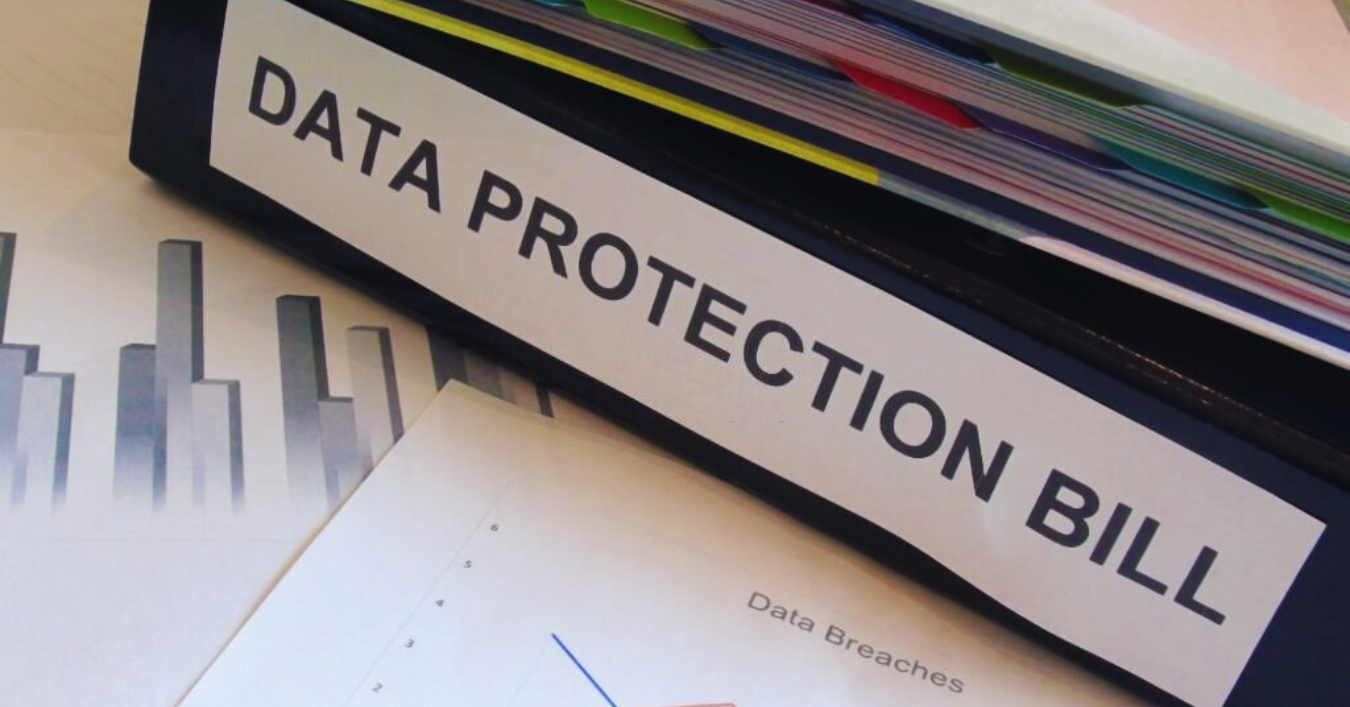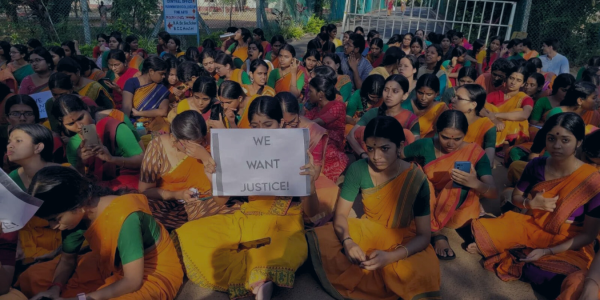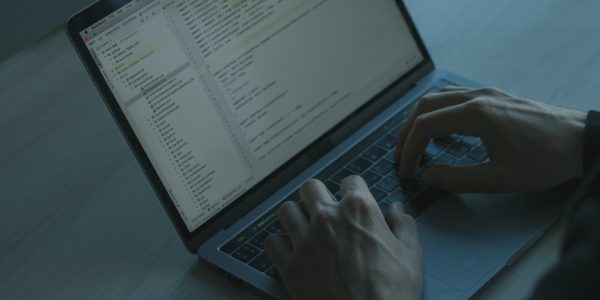I am inspired to write this two-part blog by a Harvard Business Review article (reference below) backed by reliable and factual data and my personal experiences of being a PoSH Law trainer. As a freelance trainer, I have gone to multiple organizations to conduct PoSH Awareness Training and PoSH ICC Workshops and sat through numerous training sessions by my colleagues/seniors/others.
As a PoSH External Member, having spoken to Respondents, Complainants, and Witnesses candidly before and after inquiry hearings, I can back the HBR article’s claims (repercussions of training) with my own experiences.
So, what are the things that could go wrong with PoSH Awareness Training?
PoSH Awareness Training is Mandatory
The first thing organizations tell their employees about the upcoming PoSH Awareness Training is that it is mandatory. The email communication sent to all employees carries the same message to ensure attendance. And then, the trainer often does the same at the beginning of the session.
The HBR article asserts that most of the audience’s employees are men (in most organizations). And what is the message we are giving them?
This training is mandatory because you men are a significant source of problems. (Thank goodness) there is a law that has made this training mandatory. You can’t escape this!
OR
You men need fixing! This fixing is what this mandatory training is all about. You have to attend; otherwise, you are breaking the law already!
A trainer might argue that we are not fixing a problem but creating awareness. Yes, of course! That is the intention. But is the impact as intended?
The HBR article contends that the fact that most PoSH trainers are women doesn’t help! I further submit; Nor does it help when Prohibited behaviors under the PoSH Law cover the first 30 minutes of the PoSH Workshop. The rest of the 30 mins cover the IC Constitution’s basics, filing a Complaint, Inquiry process, Timelines, Confidentiality, Punishments, etc. The sub-topics list is long, and no training of 1-1.5 hrs (usual allotted time) can do justice to the subject in terms of understanding the employees’ psyche.
How much of a candid discussion usually takes place?
Are men given time to voice their objections (they do have) to the whole PoSH thing? Are men and women allowed to discuss with each other to share their perspectives & true feelings about PoSH? Do the men & women get to hear why the opposite gender is wary of PoSH Law & its implementation?
While the training’s objective was to empower both men and women, the HBR article states that the result is feelings of retaliation in men.
Rainmaker Opinion: As a specialist PoSH firm, we advise all organizations to dedicate 3-4 hrs to Employee PoSH Awareness Training. The investment will be more, but the benefits will far outweigh the cost. Organizations that conduct regular training reap the rewards of a positive attitude amongst all genders. Communication is the key to healthy relationships amongst co-workers. It also broadens all genders’ mental horizons by giving a perspective of the other gender’s problems. A discussion or a debate has its value in making people see perspectives beyond their own. It also challenges their long-held beliefs and can ‘open their eyes’ and generate empathy.
Who bears the brunt of the backlash if training is short of time or not done right?
In my experience before Rainmaker, I have often seen that a PoSH Awareness Training initially creates a hush in the training room. After the training is over, depending on the culture of the organization, there are jokes and jabs thrown around. When men are defensive, they make jokes! “Usually, the day we talk about Sexual Harassment is the day everyone harasses me as a joke.” (Courtesy: The Office- American Web Series).
Ask male employees what they felt after PoSH Awareness Training (especially not good training). They will probably share & admit a lot more negative feelings and thoughts. “Some ineffective training programs exacerbate the problem,” as per American Psychological Association (reference below).
“When you do an aggressive training regarding Sexual Harassment, you see an increase in the number of cases,” as per Sonal Mattoo, an independent advocate who works with companies on Sexual Harassment cases (as reported by The Economic Times).
Some women employees have informed me that post-training, some male colleagues subjected them to sarcastic remarks.
The trainer’s intention is not at fault here, but the way they presented the training.
Poorly conducted training or delivered without sufficient time can instill negative, defensive thoughts. These same defensive thoughts carry forward into the inquiries.
The Repercussions
The Respondents in a Sexual Harassment inquiry (usually men) often don’t admit their fault because they do not believe they are at fault. They blame the Complainants (always women) for filing complaints unnecessarily. This statement will ring true for PoSH External Members & other PoSH Committee Members (IC or ICC).
Why so?
When the training instills negative, defensive thoughts in the men, blaming the Complainant/woman/victim is obvious. We all know that much about human nature! When faced with an offense, many of us defend ourselves and retaliate!
Some men (not all) get aggressive when offended (complained against), resorting to attack. (The relationship between testosterone and aggression exists, though it’s quite complicated. See reference below). Women can also be aggressors against other women, though it is less common. Now bring in Power dynamics. We have comprehensive studies proving it as the underlying cause of Sexual Harassment, victim-blaming, and retaliation (see imd.org article below).
So what should we change about the training programs?
As per extensive studies (see HBR reference below), the Sexual Harassment incidents and complaints have only gone up over the decades, and the number of women at higher levels has gone down. On top of that, there is enough evidence that Sexual Harassment complaints lead to retaliation and retribution.
If you take the same path, it will lead to the same place. It’s time we tried a different path because we aim to reach a better place.
It is a place with positivity, respect towards women, & men willing to curb Sexual Harassment (of others).
Here’s what you can do:
- The PoSH Awareness Training is mandatory for an employer to conduct. But this message should be given carefully, not as a threat to attend the training without fail. We could say, “Let’s discuss how we can make our workplace safer for women. Everyone, please attend as this session is mandatory. We will encourage open discussions.”
- Enlist men from the audience who are willing to be a part of a Task Force to try & prevent Sexual Harassment incidents when they see them. Let them volunteer for it.
- The objective is to train these men to recognize signs of Sexual Harassment. After enlisting employees to help, now is the time to share examples of the Prohibited behaviors, albeit without stressing the words’ Prohibition/forbidden.’
We could say, “If you notice these behaviors in others, they are Sexual Harassment. Here are some actions which a woman could construe as Sexual Harassment. The reason they could be construed as Sexual harassment is that under the PoSH Act, 2013, Impact supersedes Intent.” Note: This topic needs more extended discussion to be convincing.
We must not use words like, “You can’t do this.” Instead, let them come up with examples of wrong behaviors, which they have seen others indulging in. The keyword is “others,” not “you.” This approach will also prevent men from getting defensive.
Bystander Intervention: In the blog- Part 2, I will cover this topic in some detail. Bystander Intervention has several benefits and pitfalls, which we must understand before advocating this technique to the employees. Until then, we must abstain from using this technique, lest we should do more harm than good.
Rainmaker Training specializes in Employee Awareness PoSH Training Modules, both online and in-person PoSH workshops. Our mission is to help organizations create safe and ethical workplaces. Our vision for you is a culture where understanding and not prohibition is the driving factor behind a safe workplace- safety from Sexual Harassment.
—————————–
Author: Sumali Nagarajan
DISCLAIMER – No information contained in this website may be reproduced, transmitted, or copied (other than for the purposes of fair dealing, as defined in the Copyright Act, 1957) without the express written permission of Rainmaker Online Training Solutions Pvt. Ltd.
References:
Why Sexual Harassment Programs Backfire and what to do about it – by Frank Dobbin and Alexandra Kalev from hbr.org
What it really takes to stop sexual harassment – by Brendan L. Smith from apa.org
Power (not Gender) Driving Sexual Harassment in the Tech Industry – by Professor Jennifer Jordan from imd.org
Five charts show sexual harassment in workplaces is being recognised – but much more must be done – by Kanishk Karan from scroll.in
Strange but True: Testosterone Alone Does Not Cause Violence – by Christopher Mims from scientificamerican.com
For PoSH training for employees, check out our PoSH e-module, WorkSafe DELTA trailer today. https://www.youtube.com/watch?v=3cVxAPKkGQ4











